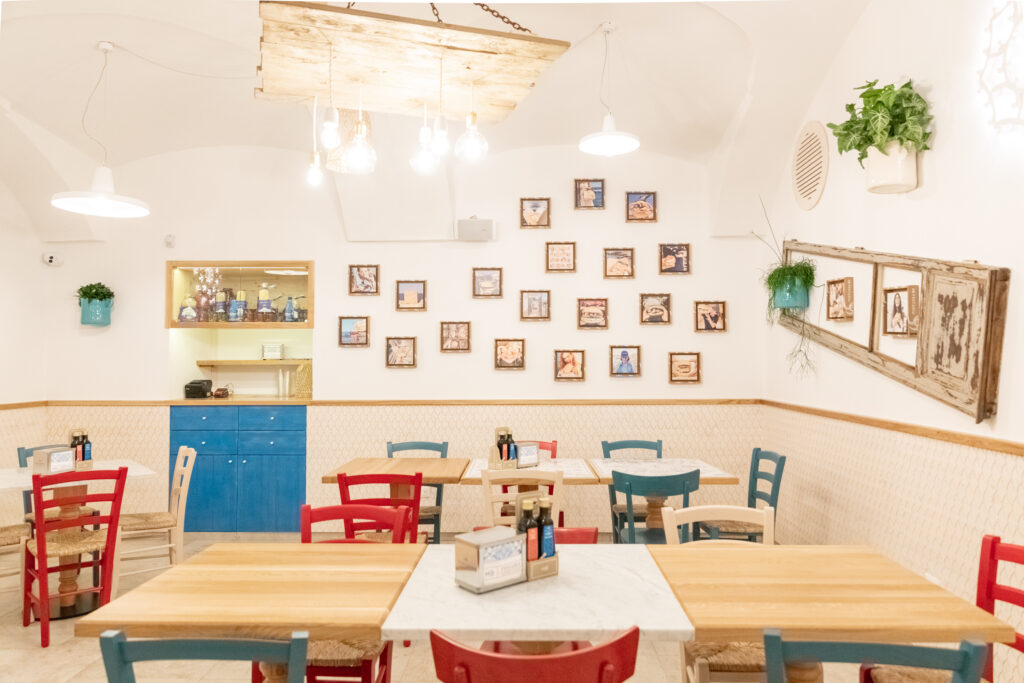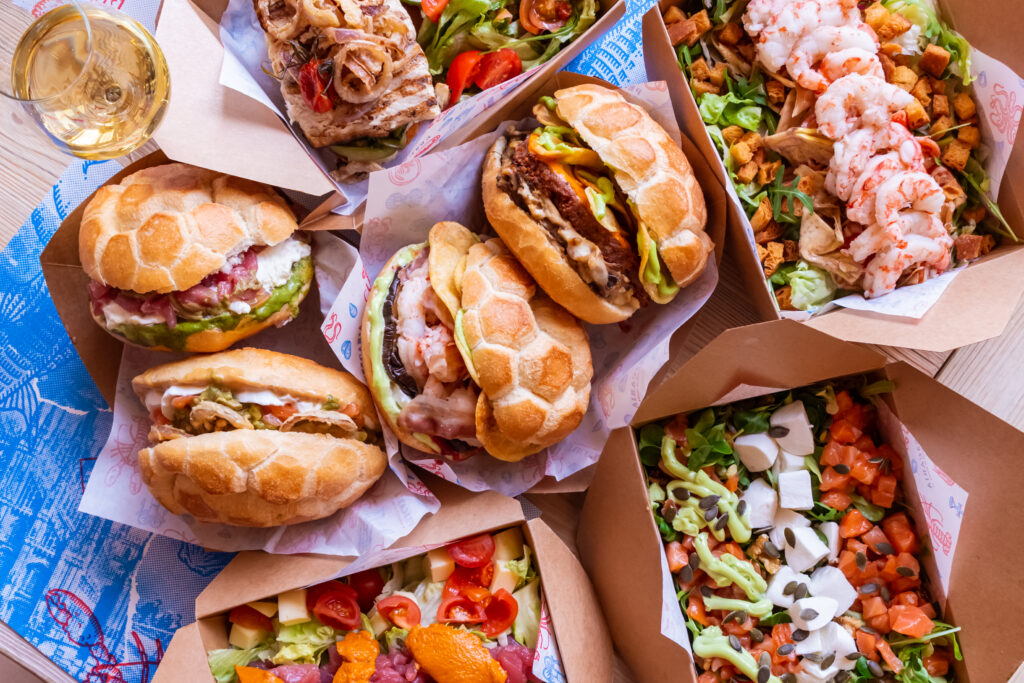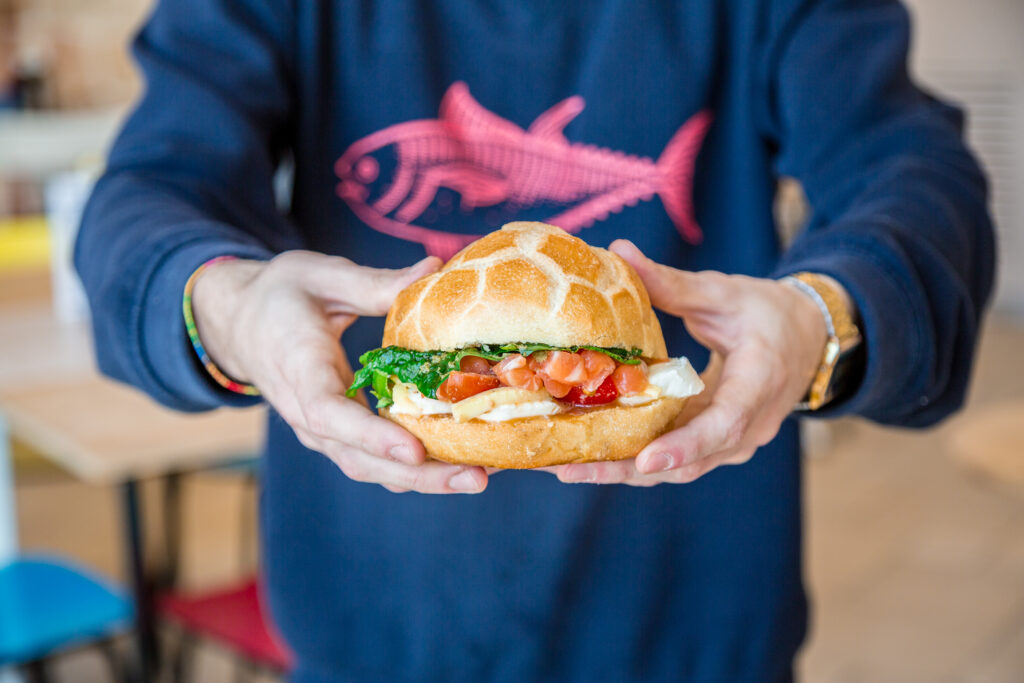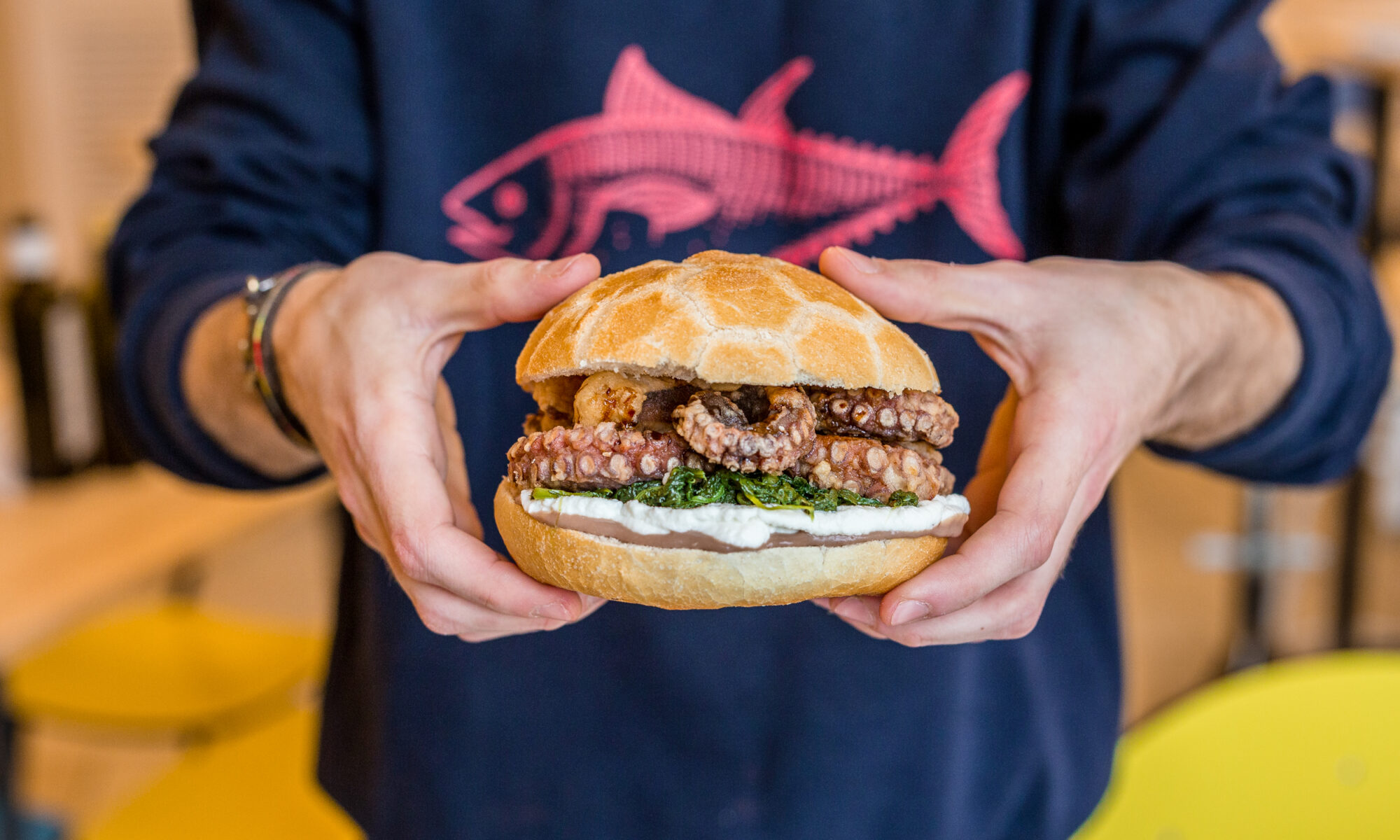The ESCP Master in Management Impact Entrepreneurship Option-E specialisation students have organised a series of “Talk-E”: online sessions with key players in impact entrepreneurship. The speaker for the first event was Domingo Iudice, the co-founder and marketing director of Pescaria.
Italy has a great culture of tasty street food, and the traditional cuisine from Apulia is well-known for its uniqueness and the quality of its raw ingredients.Pescaria has combined these two strong gastronomic identities in a new way to enjoy raw and cooked fish: fast-food seafood. A real treat for the eyes and palate!
Pescaria is an Italian restaurant chain, born in 2015 in Apulia, combining the skills of a seafood merchant, a chef and a creative. The company is now a famous and innovative brand with restaurants in Turin, Milan, Bologna, Rome, Trani and Polignano a Mare.
According to Forbes, Domingo Iudice is among the 100 most successful Italian marketing directors of 2020. Pescaria became a marketing case study for its disruptive strategy on social media, creating a robust digital community even before opening its first restaurant.
Continue to read to find out the keys to this success story and its impact.

How did the idea to found a fast seafood restaurant come to you?
Raw fish consumption and seafood restaurants in general are widespread in Puglia. Although there is a great demand among very high-level consumers, the seafood restaurant industry has never developed a more casual, fast food service.
We tried to come up with an authentic formula, in which our Apulian roots were evident, but with a global attitude. We committed to the real fast food formula, despite the high quality level of the menu.
Pescaria became a marketing case reference. How crucial was your digital strategy for Pescaria’s rapid success and on-going expansion?
If you consider digital marketing a success factor in terms of acceptance of the marketing formula by the population, I would say: not really crucial.
If you consider digital marketing a success factor in the traction of the business, I would say: crucial.
Pescaria is a great formula on its own: it provides a functional service and allows people to eat seafood more often and more easily. Social media permitted an easy spread of the WOM around the formula.

How did you manage such fast growth while maintaining quality?
We were not that fast. We actually went for a sustainable, slower growth.
We did so because we realised that we could not imitate other players: the supply of seafood is a rather challenging operation in the fast food business, especially raw seafood.
We committed to quality, we avoided franchising, and we went for directly controlled restaurants. Our goal is to achieve 12 operating directly controlled restaurants, with an average EBITDA of 18%.
This dimension allows us to guarantee quality and growth, without compromising brand perception and the great customer advocacy we’re already experiencing.
You were invited to ESCP by the Impact Entrepreneurship students. Why do you think Pescaria was so successful as an impact business?
I’m very pleased about this invitation and I consider the attention of the students a great KPI of our brand strategy: since 2016 we’ve been focusing on our impact, not merely in terms of economics, but also return on the social environment.
As I said, Pescaria is basically a functional service. First of all we provide a precise, easy, fast and fair seafood experience. And we think it’s very important to allow people to eat good seafood, more often. As well as being very healthy it will contribute to a more sustainable global diet. This vision is the founding mission of our service and our USP.
We immediately got a great response, so we decided to increase our impact.
As a fast food restaurant, we focused on plastic pollution and we became 100% plastic free in 2019: we were the first fast food to be plastic free (at least in Italy, but I think we’re among the first in the world).
As a seafood restaurant, we focused on fishing sustainability, by certifying ourselves as Friends of The Sea.
I think that the younger part of the population is more sensitive to this aspect of the business: they’re pioneering tomorrow’s demand and will mould future marketing.
So I consider this precious attention the greatest payback for our daily commitment.
Could you briefly describe your supply chain?
You have to understand the method behind our supply chain and our production model.
First of all, we produce “just in time”, from preparation to delivery: everything is fresh and prepared daily.
Secondly, we aim for “minimum in-store manipulation”, by delivering seafood that is already portioned, sliced and cleaned to the restaurant. In-store staff just needs to focus on correct preparation.
Lastly, we’re centralising our middle production, while keeping quality and freshness stable, and improving in-store scalability.
Basically, this means providing fish and other ingredients to the stores on a daily basis, by centralising buying and processing in Puglia, where we’ve just started our central production.
What has Covid-19 meant for Pescaria and how did it respond?
It was devastating. But our just-in-time model allowed us to dramatically decrease our cost system.
We had already activated digital channels in 2016 so we were ready for the change. We were the only restaurant to always be open, even on the first night of lockdown, when everybody was struggling with opening or not opening.
We also opened 3 storesand we have kept the revenue stable. We have even increased our profitability thanks to the great flexibility of our team, from top management to operations.
I think the post-covid period will be a great opportunity for fast-food in general: the fast food industry usually experiences growth after a disaster.

What’s next for Pescaria?
We’re planning on using a more complex ERP, which will substantially change our way of thinking about operations and management. We’re optimistic but also concerned: we need to adopt it before the pandemic ends.
What is your view on the future digital marketing trends for the Food and Beverage sector?
Restaurant marketing will mean digital marketing: a new class of entrepreneur will be needed; especially in Italy, industry entrepreneurs aren’t ready at all.
The Food and Beverage industry’s greatest communication asset is still WOM.
WOM occurs faster on digital platforms. If you have budget constraints, you have to go digital.



